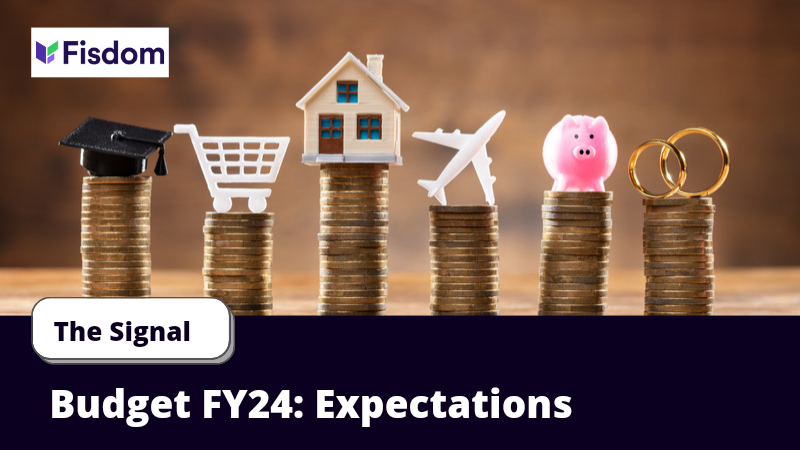

1. WPI Inflation Shock
It touched its highest figures in the last 11 years, coming in at 10.49%. It was primarily led by broad based increase in food, fuel and manufactured products inflation. Inflation trajectory over the rest of the year will be shaped by the Covid-19 infections and the impact of localized containment measures on supply chains and logistic. A low base effect and rising global commodity and oil prices imply WPI inflation to go up even further. Pass-through into consumer prices may seem inevitable if expected normal monsoon does not materialize.
An interesting observation lies in collaborative reading of PMIs with rising WPI, highlighting much-awaited input price pressure. “Inflation trajectory over the rest of the year will be shaped by the Covid-19 infections and the impact of localized containment measures on supply chains and logistics,” says RBI Governor
2. The New Twist In The Growth Story
Citing the impact of the second wave of the pandemic over the economy and consumer sentiment, Swiss brokerage Credit Suisse has lowered its nominal GDP growth forecast by 150-300 bps to 13-14 per cent, but expects a stronger recovery in the second half as it sees the lockdowns having limited impact on tax collections.
Overall impact on the pandemic restrictions on GDP to be about 150 bps in base case scenario. Even on assuming a 300 bps impact if statewide restrictions prolonged, nominal GDP growth in FY22 can still be around 13-14 per cent. Recovery will be supported by pent-up demand, albeit lower than in the case of the first wave, and the rub-off impact of global growth as the developed market could see faster growth supported by vaccination drive.
3. Mutual Funds Buy Big To Go Big
Mutual fund houses added index heavyweights such as Reliance Industries Ltd, Axis Bank, Tata Steel, HCL Technologies, State Bank of India (SBI), HDFC Ltd, Bajaj Finserv and UltraTech Cement in April, signalling a reversal of their stance in the past few months. Equity categories such as mid-cap, large and mid-cap, and large-cap saw significant inflows.
Mutual funds showed interest in healthcare, metals, chemicals and textiles, leading to a month-on-month increase in their weights. Real estate, consumer, cement, retail and consumer durables saw maximum decrease in value month-on-month. overall net inflows into equity mutual funds slumped 75% to ₹1,783 crore in April from ₹7,376 crore in March.
4. RBI Speed-Runs Banks’ Loans
Slew of measures, including term liquidity facility of Rs 50,000 crore to ease access to emergency health services, to further improve lending to MSME sector, restructuring of loans, and rationalisation of compliance to KYC to fall on expedited execution for betterment in health and wealth of Indian economy across verticals.
Important role being played by PSBs in extending various banking facilities including credit facilities to individuals and businesses while tackling the challenges brought on by the pandemic. Other matters that came up for discussion during the meeting, included the current state of the financial sector; credit flows to different sectors including to small borrowers, MSMEs; and progress in the implementation of Covid Resolution Framework.
5. Cost Of Vaccine Or Cost Cause Of Virus – The Battle Heatens
Total Covid vaccination cost in India at Rs 3.7 trillion. Poorer states with high population would not be able to vaccinate themselves quickly. Richer states may have to pay a much steeper price given the global oligopolistic market. India’s second wave has likely peaked, but in its wake, it has unleashed a devastating human cost. A more virulent virus strain and stretched hospital capacity have resulted in a sharp rise in fatalities.
hit to mobility due to the rolling state-wide lockdowns, according to most experts, has been steep, and the economic impact is likely to be most severe in May. That said, the overall hit to sequential growth in Q2 (April-June) is likely to be much less severe than in 2020, as lockdowns are more nuanced this time and consumers and businesses have adapted.



























